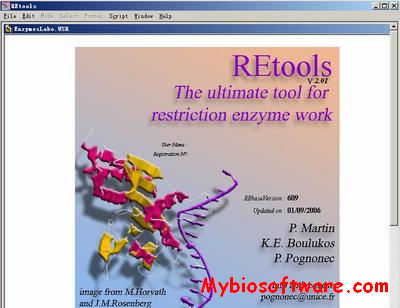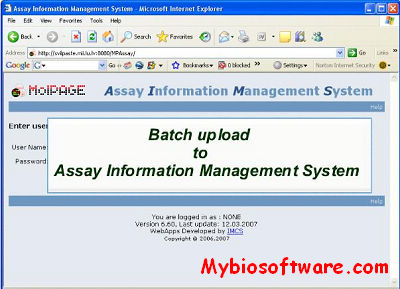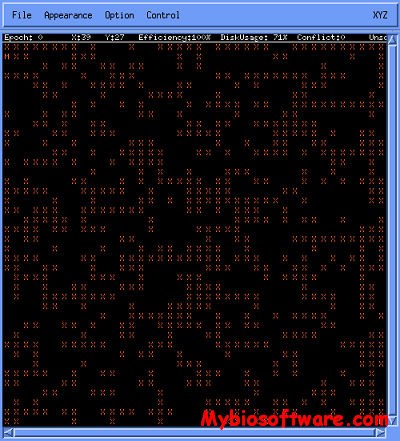LEAF GUI 2
:: DESCRIPTION
LEAF GUI (Leaf Extraction and Analysis Framework Graphical User Interface)is designed for plant biologists and ecologists who wish to analyze the macroscopic structure of veins in leaves. The software allows users to extract descriptive statistics on the dimensions and positions of leaf veins and the areoles they surround by following a series of thresholding, cleaning and segmentation algorithms given images of leaves where veins have been enhanced relative to the background.
::DEVELOPER
:: SCREENSHOTS
:: REQUIREMENTS
- Window / Linux / Mac OsX
:: DOWNLOAD
:: MORE INFORMATION
Citation
Price, C.A., O. Symonova, Y. Mileyko, T. Hilley and J.S. Weitz
Leaf Extraction and Analysis Framework Graphical User Interface: Segmenting and Analyzing the Structure of Leaf Veins and Areoles.
Plant Physiology, 155 (236-245).








